Languages are the heart of culture, but many indigenous languages are on the verge of extinction. Colonization, globalization, and urbanization have drastically reduced the number of speakers for these ancient languages. However, revitalization efforts are being made to ensure they survive for future generations. Below is a list of nine indigenous languages that are struggling to stay alive but fighting to thrive again.
Cherokee (USA)
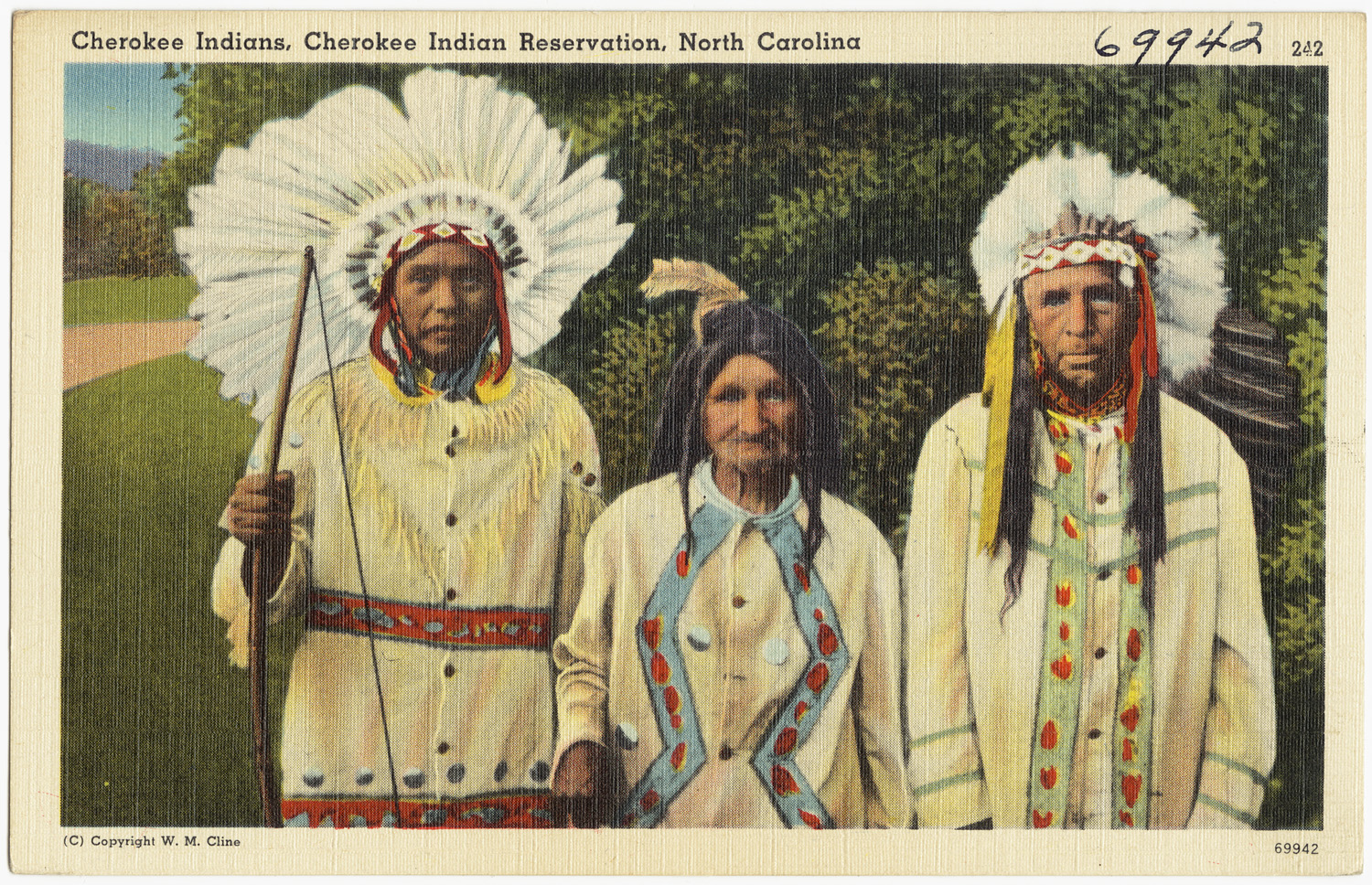
Cherokee is spoken by the Cherokee people in the southeastern United States. This language has a history spanning over 3,000 years. It was once widely spoken in the Carolinas, Georgia, and Tennessee, but European colonization severely reduced the number of speakers. Today, fewer than 2,000 fluent speakers remain, most of them elderly. However, through language immersion programs, including schools and community initiatives, efforts to preserve and promote the Cherokee language have intensified. Digital resources and collaborations with linguists are also helping younger generations reconnect with this vital part of their cultural heritage.
Garifuna (Belize, Honduras, Guatemala)
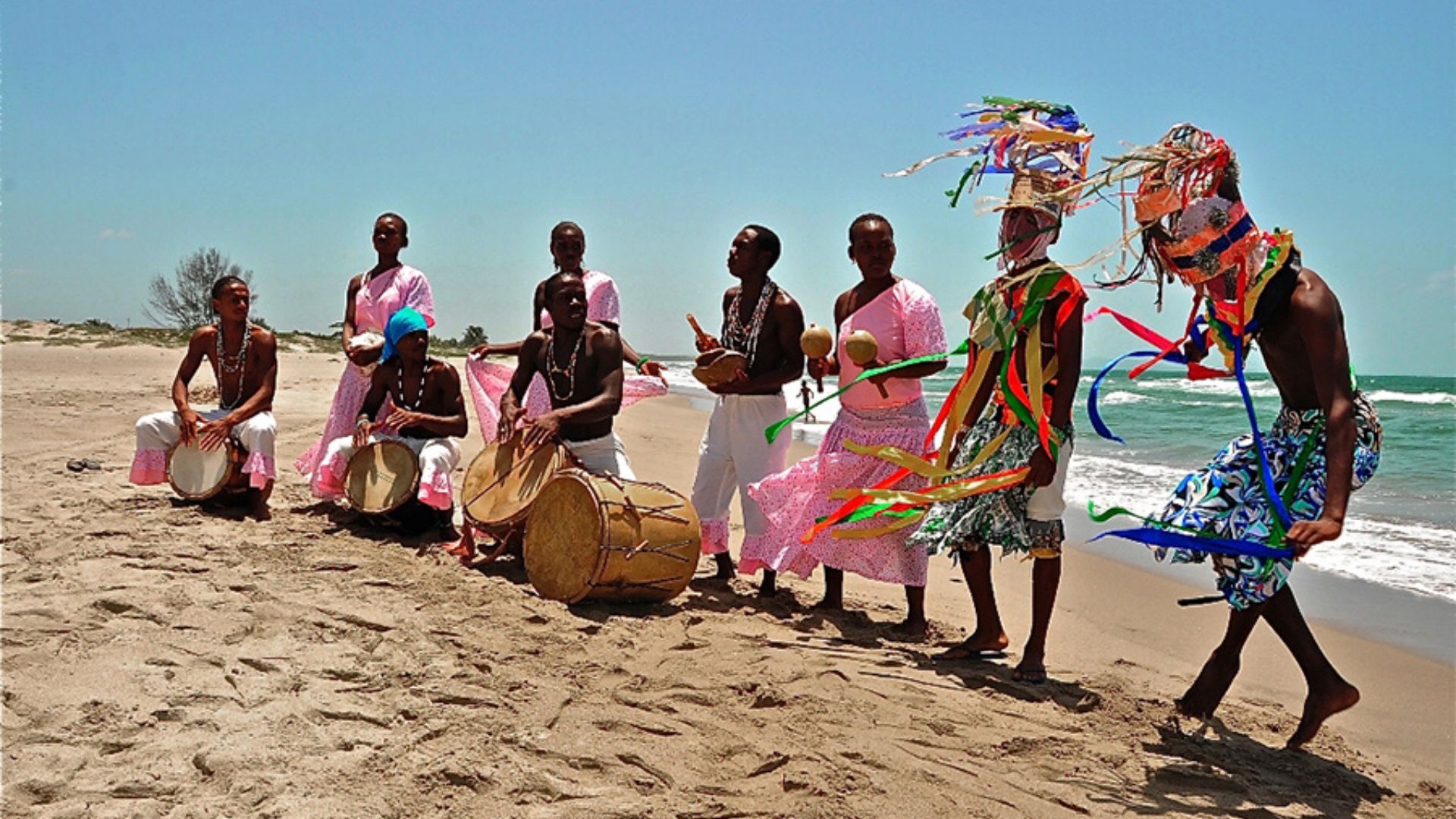
Garifuna is spoken by the Garifuna people, who trace their roots to both African and Indigenous Caribbean ancestry. This language is about 400 years old and is used by communities primarily in Belize, Honduras, and Guatemala. While around 200,000 people can still speak Garifuna, it is considered endangered, as fewer young people are learning it. Revitalization efforts include cultural education programs and festivals that highlight the significance of Garifuna to local identities. These efforts are helping to keep the language alive despite the pressures of Spanish and English dominance in the region.
Māori (New Zealand)

Māori is the language of the Indigenous Māori people of New Zealand, with roots that go back over 1,000 years. It once thrived across the country but began to decline after British colonization. In the 1980s, the number of fluent speakers dropped dramatically, nearing extinction. However, a large-scale revival has brought Māori back, with around 50,000 fluent speakers today. Language immersion programs, media broadcasts, and governmental policies have been crucial in preserving the language, allowing it to flourish once again as an important symbol of Māori culture and New Zealand’s national identity.
Ainu (Japan)
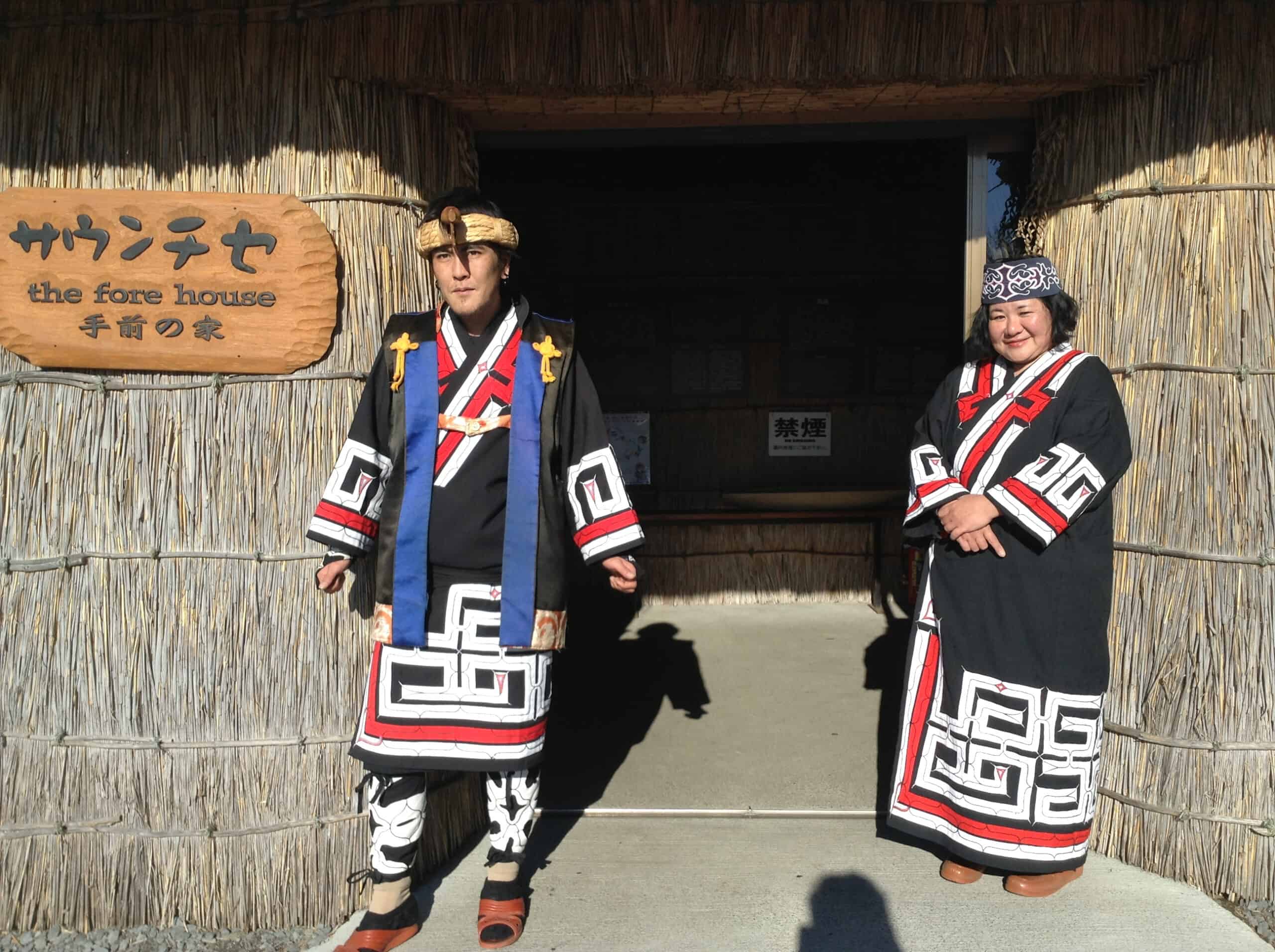
Ainu, the language of the Indigenous Ainu people of northern Japan, particularly Hokkaido, has been around for thousands of years. It nearly disappeared due to harsh assimilation policies during the 19th and 20th centuries, with only a few dozen elderly speakers left today. Recent revitalization efforts include language classes, cultural centers, and government recognition. The Ainu language is seeing renewed interest, especially among younger generations, who are engaging in efforts to preserve it and raise awareness of Ainu culture and history.
Quechua (Peru, Bolivia, Ecuador)
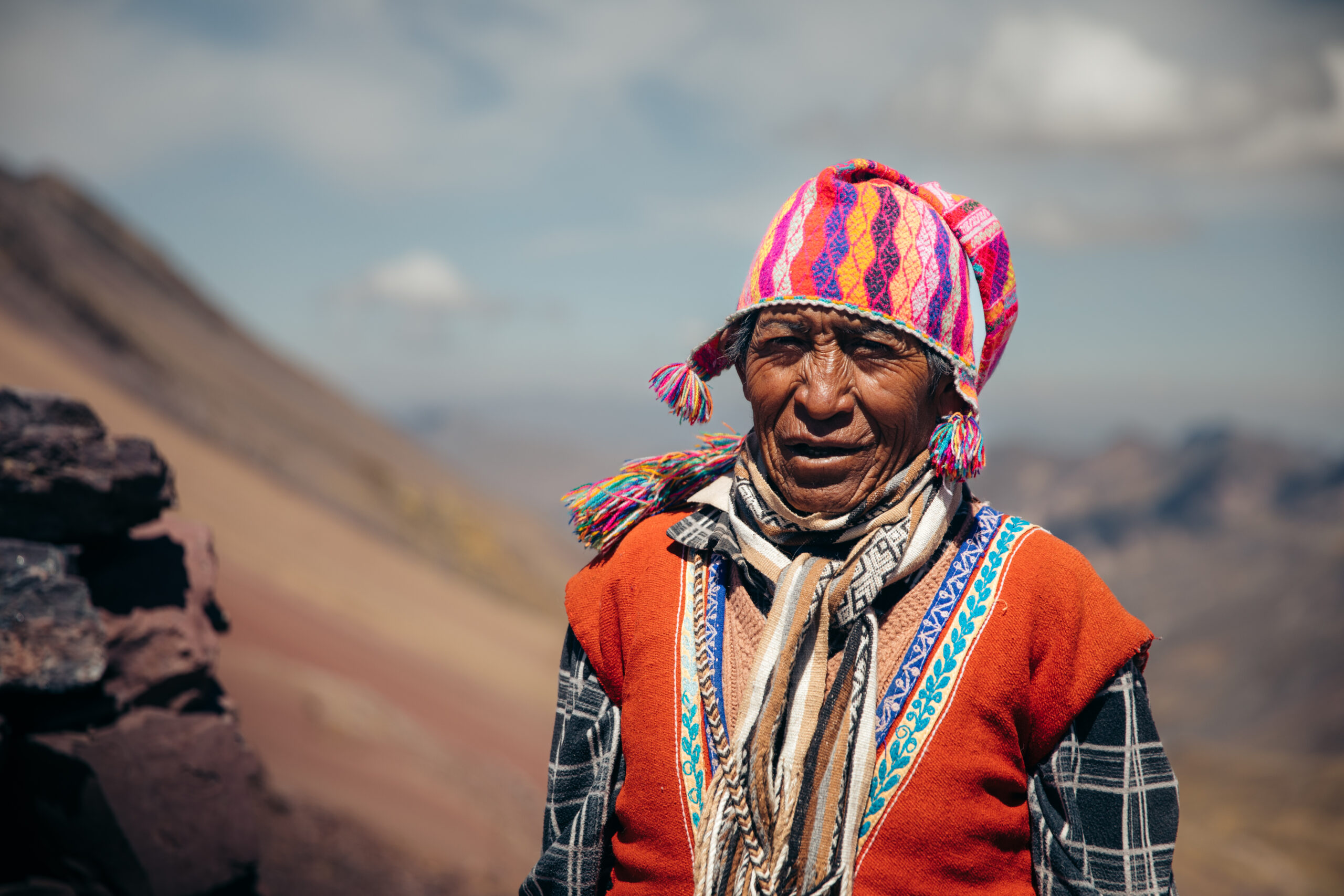
Quechua, the language of the Inca Empire, has been spoken for more than 1,500 years across the Andes. Today, approximately 8-10 million people speak it in Peru, Bolivia, and Ecuador. Although it is one of the largest Indigenous languages, Quechua is under threat due to the dominance of Spanish. Revitalization efforts include bilingual education programs, media in Quechua, and local government support to maintain its use. Quechua is crucial not only for cultural preservation but also for maintaining ancestral knowledge and traditions in the Andean communities.
Nahuatl (Mexico)

Nahuatl is an ancient language spoken in Mexico for over 1,500 years, originating from the Aztec Empire. It was the dominant language in central Mexico before Spanish colonization. Currently, around 1.5 million people speak Nahuatl, though it is considered endangered. In recent years, revitalization efforts have grown, with Nahuatl being taught in schools and promoted in cultural initiatives. The language continues to influence modern Mexican Spanish with many Nahuatl words still in use, linking the present to Mexico’s rich Aztec past.
Warlpiri (Australia)
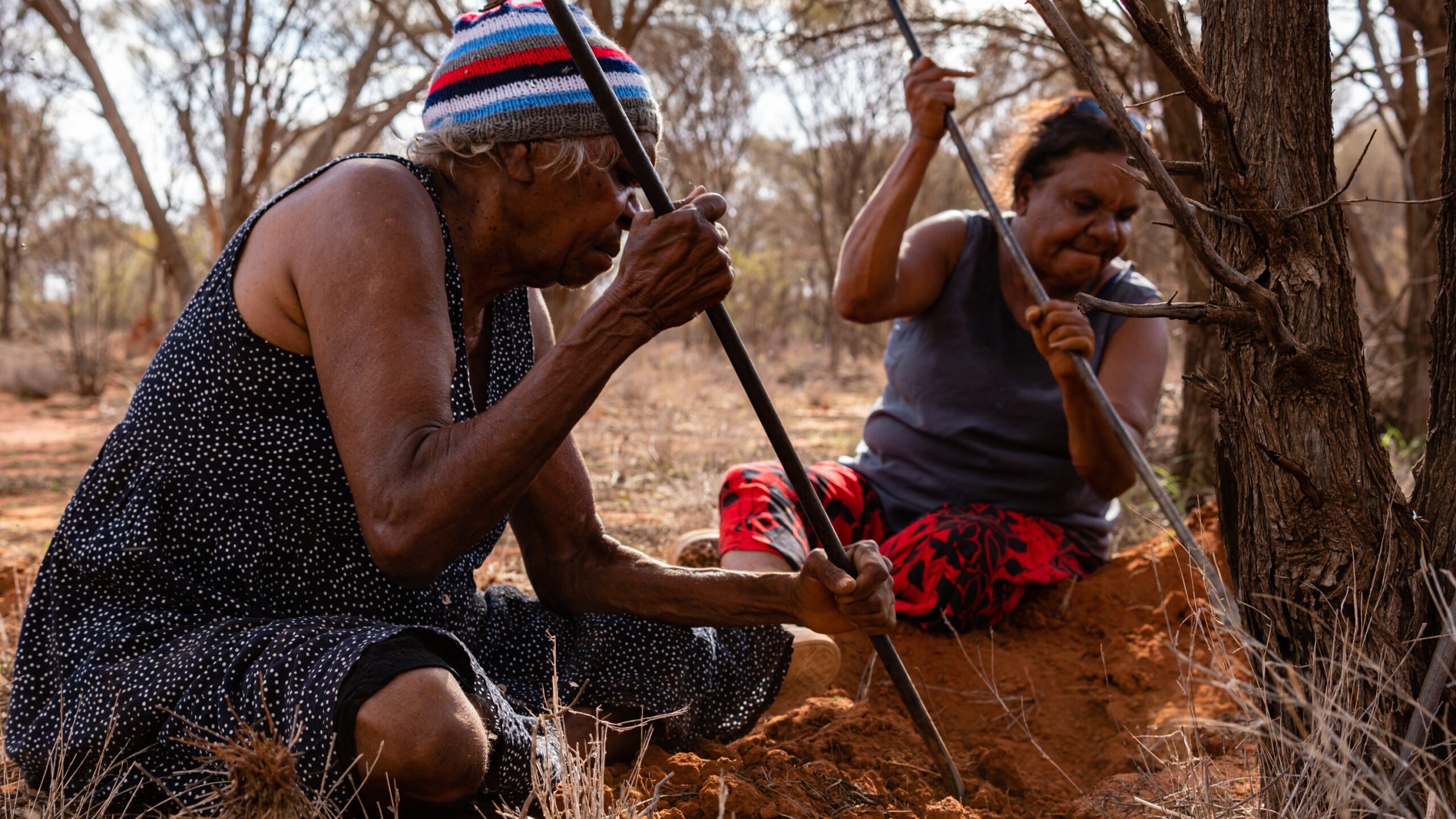
Warlpiri is spoken by the Indigenous Warlpiri people in Australia’s Northern Territory and has existed for over 1,000 years. Though Warlpiri still has several thousand speakers, the language is endangered as younger generations increasingly adopt English. Efforts to save Warlpiri include language classes in schools and community-led programs that emphasize the importance of the language to cultural identity. These initiatives are helping pass down Warlpiri to younger generations, keeping their connection to their land and traditions alive.
Mapudungun (Chile, Argentina)
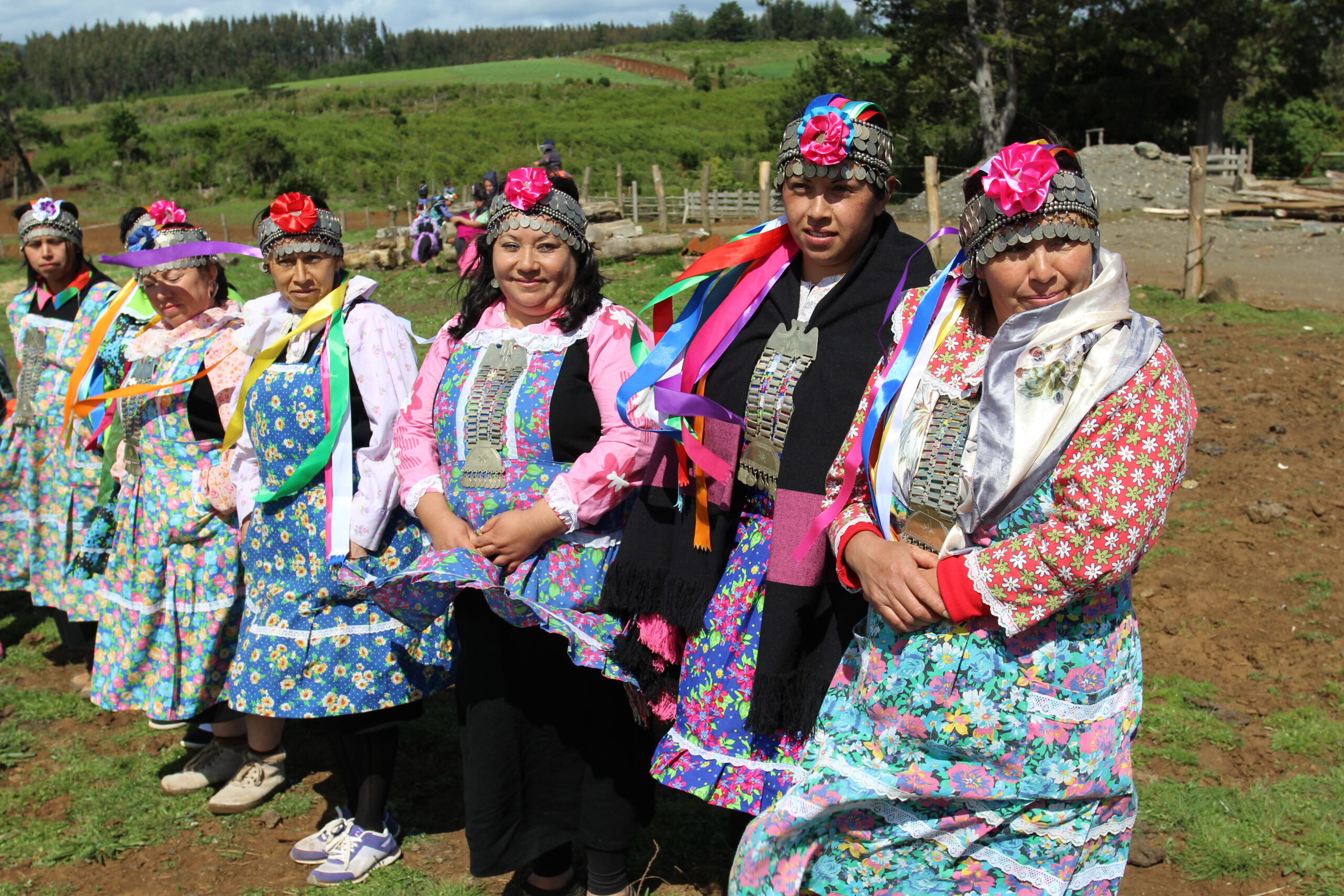
Mapudungun is the language of the Mapuche people in southern Chile and Argentina, with origins stretching back more than 2,000 years. It is spoken by fewer than 200,000 people, and the language faces strong competition from Spanish, which dominates in both countries. The Mapuche community has implemented several revitalization efforts, including teaching Mapudungun in schools and promoting its use in cultural media. These efforts aim to restore the language’s central role in Mapuche culture and resist further decline.
Hawaiian (USA)
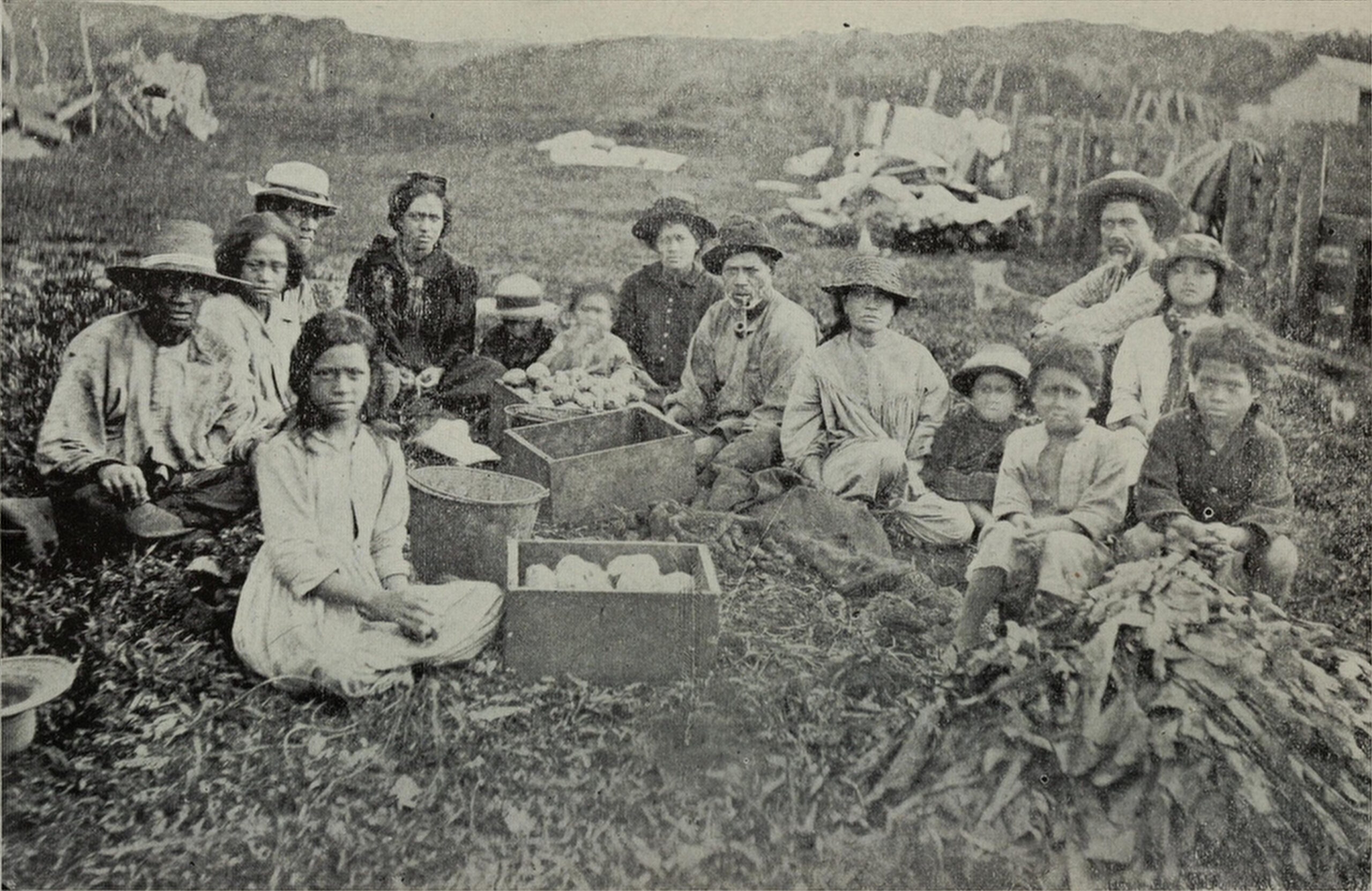
Hawaiian is the native language of the Hawaiian Islands and has been spoken for over 1,000 years. After the U.S. annexation of Hawaii in the late 19th century, Hawaiian nearly disappeared due to policies that promoted English and suppressed native languages. A revival movement in the 1970s led to the creation of Hawaiian immersion schools, as well as media and cultural initiatives. Today, around 24,000 people speak Hawaiian, with the language playing a critical role in preserving Hawaii’s Indigenous identity and cultural heritage.
This article originally appeared on Rarest.org.
More from Rarest.org
19 Breathtaking Hiking Trails That Wind Through Pristine Nature
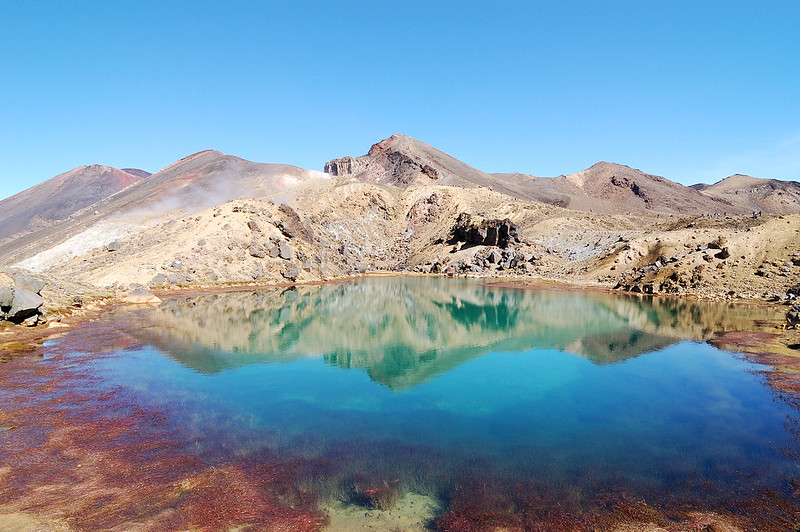
Hiking offers a chance to escape into nature and explore some of the most breathtaking landscapes the world has to offer. Read More.
19 Extraordinary Insects That Live in Untouched Forests
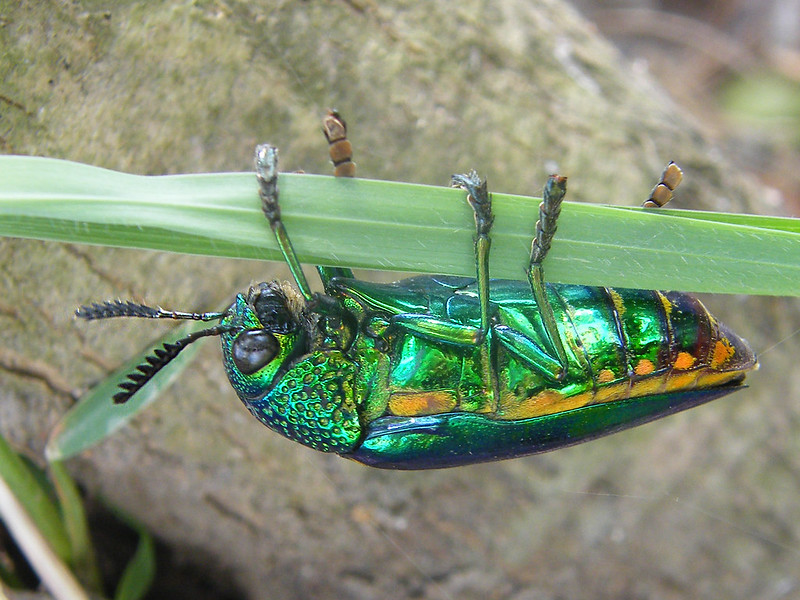
Untouched forests are home to some of the most extraordinary insects on Earth, many of which are rarely seen due to the remote and pristine nature of their habitats. Read More.
19 Unique Freshwater Fish Thriving in Lakes and Rivers
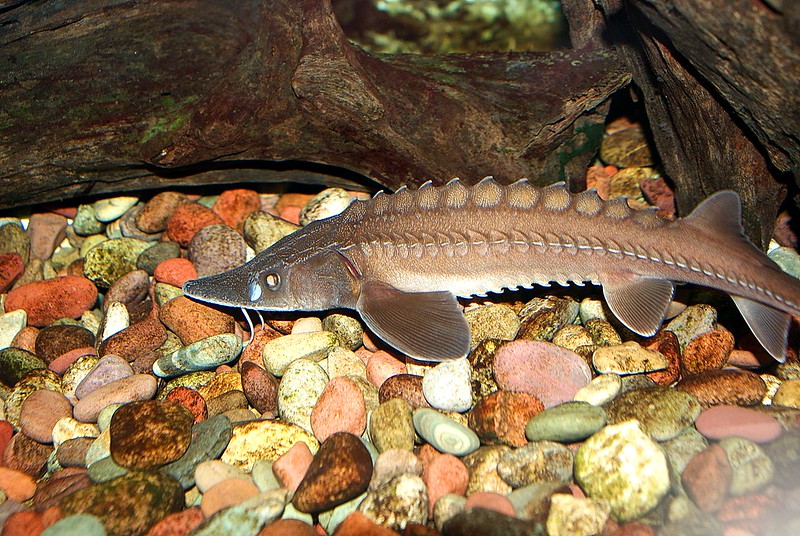
Freshwater lakes and rivers are home to a fascinating array of unique fish species, each thriving in its own way within these diverse ecosystems. Read More.
